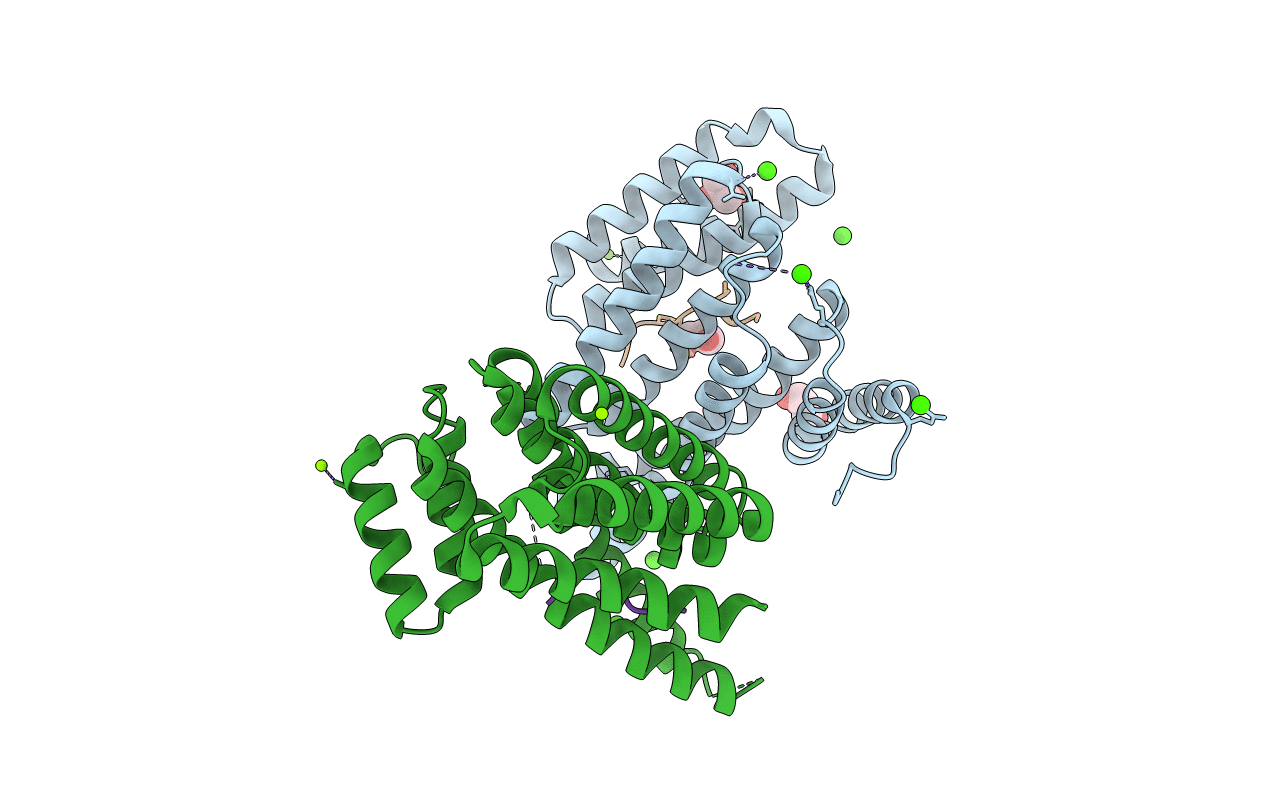
Deposition Date
2012-06-14
Release Date
2013-12-11
Last Version Date
2024-11-27
Entry Detail
PDB ID:
4FL5
Keywords:
Title:
Crystal structure of human 14-3-3 sigma in complex with a Tau-protein peptide surrounding pS214
Biological Source:
Source Organism:
Homo sapiens (Taxon ID: 9606)
Host Organism:
Method Details:
Experimental Method:
Resolution:
1.90 Å
R-Value Free:
0.21
R-Value Work:
0.15
R-Value Observed:
0.15
Space Group:
P 21 21 21


